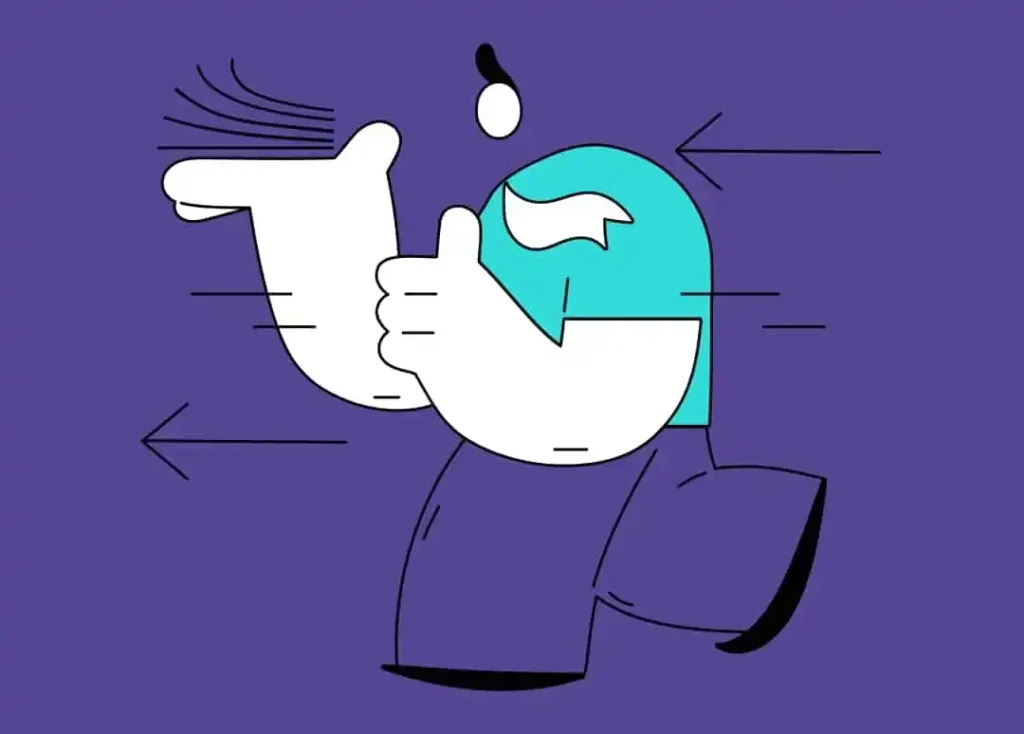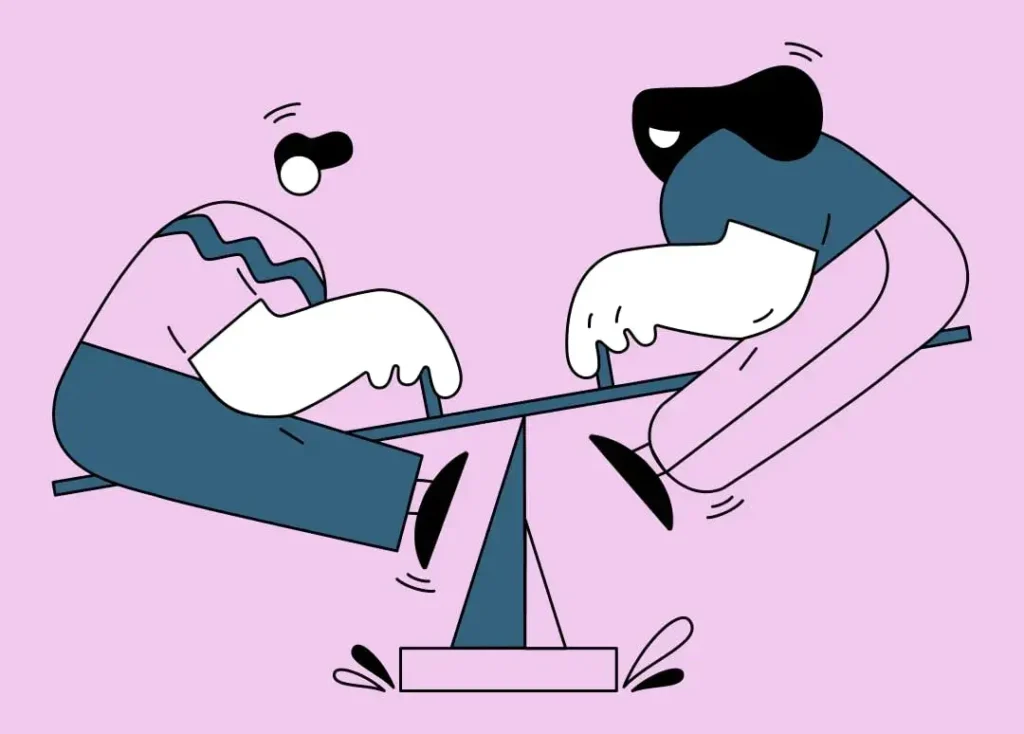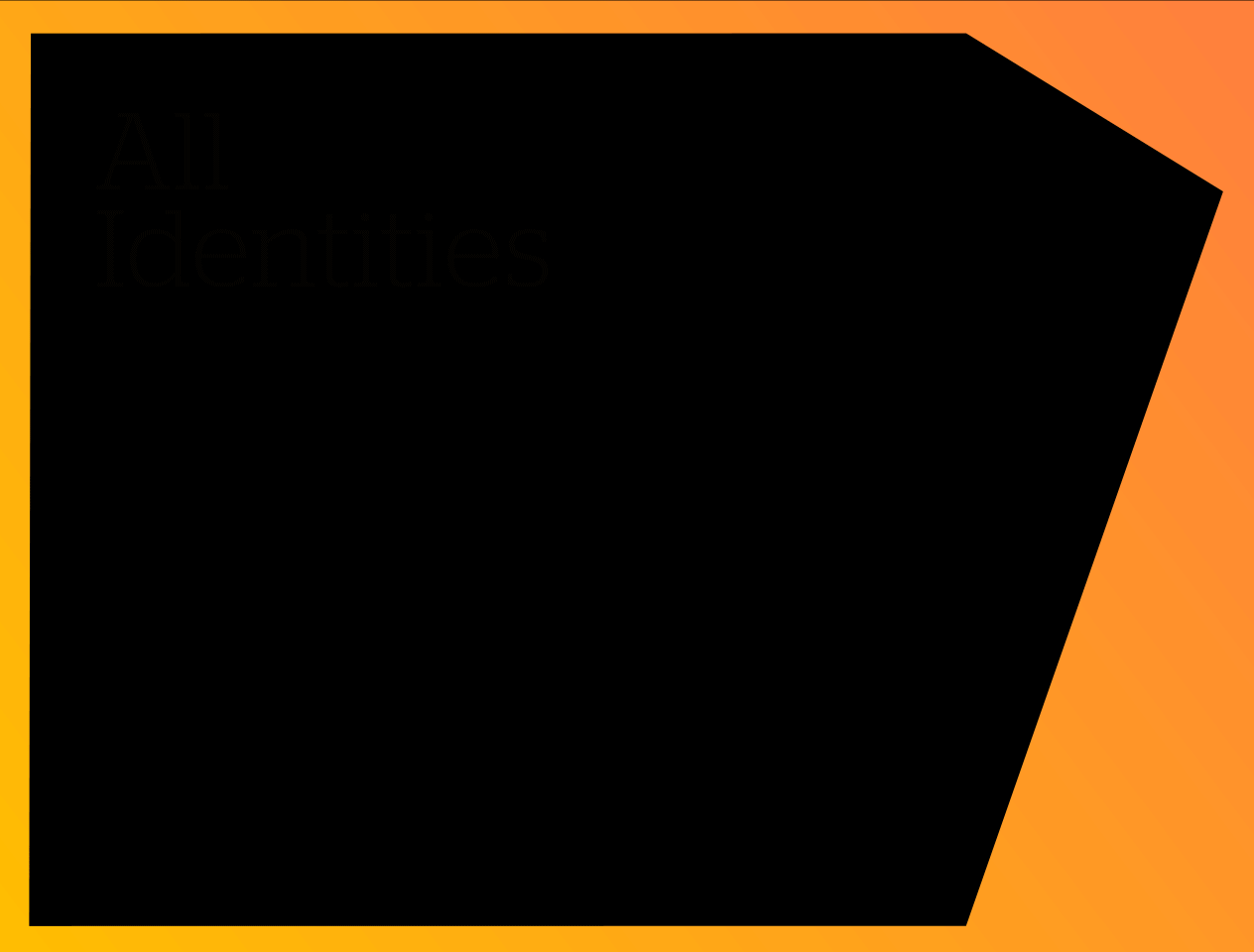2016 Design Trends: Observations and Thoughts
“As long as the work is appropriate, distinctive, and (ideally) emotive, you won’t go far wrong. Trends come and go, again and again. If you try to avoid what’s popular today, you’ll probably find yourself creating something that was popular ten or twenty years ago. Stick to the brief, and only show your best ideas to the client.” – David Airey, Graphic Designer
Aware and Informed
Disclaimer: As designers, we take trends seriously. Not to follow, but to ensure we are acutely aware of the trends that are shaping the world we live and design in. Jumping onto a short-lived, ‘trendy’ typeface bandwagon or focusing on micro-trends isn’t what we’re about. We’re focused on customized solutions – and sometimes these solutions align with the trends we see happening, and sometimes they break the rules and go against the grain.
Regardless, at Emotive Brand our design team believes that being informed and aware of what’s happening in the industry is integral to creating informed, relevant, client-centered, strategy-led design. Considering trends – in the past, present, and future – is an important and often valuable exercise.
Driving Business Forward
That said, trends (especially micro-trends) should not drive design. The strategy that’s going to drive business forward has to be the focus. However, a deep knowledge of what’s happening around us can help inform and inspire.
2016 Design Trends
We sat down with the Emotive Brand design team to discuss top trends of 2016.
1. Minimalistic Design
This year, many well-recognized brands have embraced minimalistic design and simplified their identities. Google Materials embraced material design that aims to create order through clear purpose and tangible meaning. MasterCard, in the move to become more digital, simplified, modernized, and optimized their brand identity for the fast-paced digital world their business must compete in. Zendesk’s simple, geometric design mirrors its promise of building software for better customer relationships. McDonald’s rolled out simplified packaging meant to function as a dynamic “mobile billboard.” In a blog that Instagram released explaining their new look, the company noted that the new logo “represents a simpler camera and the rainbow lives on in gradient form.” Instagram wanted to use simpler design to focus more on user’s own photos and videos, without confusing how users were used to navigating the app.
In fact, lots of apps took a turn towards minimalism – cutting the clutter and aiming to create the most instinctual, simplified, and digital-friendly design for their audiences.
For us, this design trend revolves around the idea of simplifying strategy for the people brands are trying to reach. How can design distill and articulate strategy in more tangible, concise, clear, and consistent ways? Brands that are embracing minimalism believe that they can better communicate why they matter if they keep in simple.
2. Socially-driven Design
It’s no secret that social media is playing more and more of a role in informing design today. Especially when it comes to design that is targeted at millennials. In the past, many brands used social media as a tack-on to their branding strategy, but now, for many, social is their strategy.
As a result, there’s a surge we’re seeing in advertising. Advertisers are gathering inspiration from social media and taking cues from what people are already doing socially – what they are already liking and sharing and creating themselves.
We see an increase in videos because of this. For instance, Virgin America’s onboard manual is designed much like a high-quality MTV video. Shell also released a music video for a clean energy campaign. The food and drink industry – leveraging the millennial marketing – is also relying heavily on social media inspiration to drive engagement. Even GrubHub’s subway ads take on the voice of an ironic Facebook post.
Platforms like Instagram have become style drivers for brands looking to target those on social media. HipCamp has won over millennials with its VSCO Cam and Instagram nature shots inspire exploration much like those very social platforms.
3. Nostalgic Design
We’re advancing so fast in so many ways that people today seem to be grasping for the past and holding onto the things that used to be. And many successful brands today are leveraging the power of nostalgia. The past will always have an emotional pull for people.
Now, having moved away from design of the 50s and 60s, there are many brands making reference to the 80s and 90s – think bright colors like fluorescents, pastels, and gradients that inject energy and emotion. Trending TV shows of 2016, such as Stranger Things and Black Mirror and the recent Kodak rebrand are prime examples of this. And these brands can leverage nostalgic design because they are inherently nostalgic brands. They promise to bring people back to what they grew up with, evoking cherished emotions of the past – and their design reflects just that.
4. Personalized Design
People are demanding more customized and personalized experiences from the brands they buy from. And design is making some major shifts as a result. Consider the cutting edge of design today – virtual reality. VR creates a whole customized world for people to explore and make their own. And in many ways, the shift towards personalization represents a greater shift towards customer-centered brand experiences.
For example, the app Flipboard helps users pull different articles to create their own personalized magazine. The app is used by millions of users as a single place to keep up on the news. They can follow topics they personally care about and share the stories, videos, and photos that influence and inspire each individual. Coca Cola, continued its ‘Share a Coke’ campaign, making products personal by adding names and nicknames to their cans and bottles. Nike and Jawbone are also brands that are exploring the vast opportunity of personalized product design. And on a more micro level, many brands are creating their own unique illustrations and icons to represent their own strategy and ideas – giving life to strategy through design.
What do all these trends have in common? Human-centric design.
In the end, all these design trends reflect a focus on people and how brands can better reach and connect with the people who matter to their business. For us at Emotive Brand, when it comes down to it, design has always been human-centric. It’s always been about understanding our client’s needs and helping them emotionally connect and engage with their key audiences in empathetic, emotionally-infused, and inspired ways.
And this doesn’t just apply to B2C brands. B2B brands are also becoming more human-centric, and in many ways, transitioning towards a B2B2C strategy and design. It’s important to remember that human-centric design isn’t going anywhere either. This is what is going to make brands stand out. It’s not about latching onto micro trends or specific type or patterns with logos, but instead, looking at the big picture: how can you better design for the people your brand is trying to reach? For us, this question will never go out of style.
Emotive Brand is a brand strategy and design agency.







